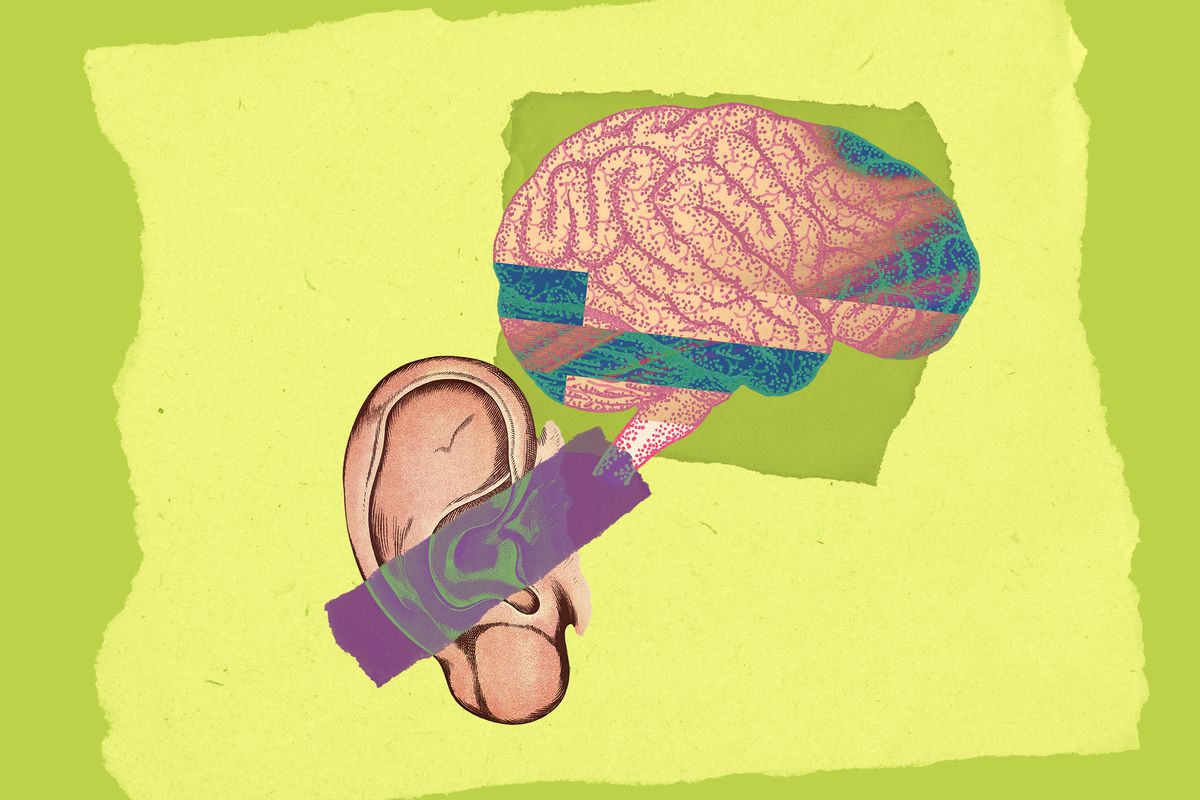
Hearing loss and epilepsy have been identified as two new, early signs of Parkinson’s disease, according to new research published in JAMA Neurology. The newly uncovered features—along with other symptoms seen in the years before a diagnosis—may help health care providers recognize and treat the disease at earlier stages.
“Our results uncovered novel risk factors and early symptoms: epilepsy and hearing loss,” lead study author Cristina Simonet, MD, said in a press release. “It’s important that primary care practitioners are aware of these links and understand how early the symptoms of Parkinson’s can appear, so that patients can get a timely diagnosis.”
The study is the first from the UK to look at the neurodegenerative disorder in a largely diverse population. Though researchers found that neither ethnicity nor socioeconomic status were linked to the risk of developing Parkinson’s disease, the study still provides a more in-depth look at how the disease affects all people, even in the years leading up to diagnosis.
New Signs, Risk Factors for Parkinson’s Disease
The goal of the study, conducted by researchers at Queen Mary University of London, was to investigate risk factors and prediagnostic symptoms in an ethnically diverse population, since most Parkinson’s research has been done in predominantly white, affluent populations.
To do this, scientists analyzed the medical records of over 1 million people living in East London between 1990 and 2018. The researchers chose East London, specifically, because it offered a highly diverse population with “high socioeconomic deprivation,” the study said. In East London, about 45% of residents are Black, South Asian, mixed, or belonging to another ethnic group.
One of the most “notable” findings, according to researchers, was that having epilepsy was associated with a higher risk of developing Parkinson’s. Though researchers said drug-induced Parkinson’s could not be ruled out in this case, this isn’t the first time epilepsy has been linked to Parkinson’s disease: Case reports from 2016 found that Parkinson’s and epilepsy can coexist—either by predating a Parkinson’s diagnosis, or developing after one.
Hearing loss was another new finding of the recent study, occurring up to five years before a Parkinson’s diagnosis. “It’s an interesting observation because it’s the first time that that has been seen with Parkinson’s,” Aaron L. Ellenbogen, DO, a neurologist at Michigan Institute for Neurological Disorders, told Health.com. “Further exploration is really critical in understanding if it’s more than just the observation and if there’s truly some underlying mechanism that really links the two together.”
Though study authors agree that more research is needed regarding hearing loss and its link to Parkinson’s, they suggest it’s part of the impairment in sensory processing that occurs with Parkinson’s disease. That impairment may manifest in different ways: through sight, hearing, or even sense of smell, researchers said.
In addition to the new potential signs and risk factors, researchers noticed new trends in well-known symptoms. Tremors—involuntary muscle contractions—were found to show up as many as 10 years before a Parkinson’s diagnosis, becoming more frequent in the two years leading up to one. And memory problems, which were the most frequently reported non-motor symptom associated with Parkinson’s, could appear up to five years before diagnosis. The disease was also positively associated with other comorbidities (high blood pressure, low blood pressure, type 2 diabetes) as well as other prediagnostic signs and symptoms (constipation, depression, erectile dysfunction).
“Parkinson’s, even though many think of it as a brain disorder, it really affects a number of systems throughout the body,” Dr. Ellenbogen said. “It’s not simply about motor aspects: It impacts the gastrointestinal system, the genital urinary system, sleep, cognition. And I think that’s often lost on people.”
However, Dr. Ellenbogen clarified that a symptom or risk factor associated with Parkinson’s disease doesn’t definitively mean it will cause the disease. “If a person develops constipation…it shouldn’t necessarily lead to the [thought] that they’re developing Parkinson’s disease,” he said, adding that there’s a “tremendous number of reasons” why someone can develop constipation that aren’t related to Parkinson’s.
Other Symptoms of Parkinson’s Disease
There is no official screening test for Parkinson’s, but the results of the current study give hope of being able to detect and ultimately treat people at high risk for Parkinson’s earlier.
Guy Schwartz, MD, a movement disorders neurologist co-director of the Parkinson’s and Movement Disorders Center at Stony Brook Medicine, told Health.com people should see a health care provider for Parkinson’s if they experience a combination of symptoms.
Parkinson’s is tricky because it has a constellation of symptoms that are specific and nonspecific to the disease. Fortunately, there are multiple symptoms that more directly relate to Parkinson’s. One hallmark of the disease is motor control issues, including:
- Tremors in the hands, arms, legs, jaw, or head.
- Stiffness of the limbs or trunk
- Slowness of movement
- Impaired balance or coordination
Identifying non-motor symptoms, even ones that occurred previously, rather than waiting for motor symptoms could also help with an earlier diagnosis, especially because motor symptoms can be very subtle in the beginning of the disease, Dr. Ellenbogen said. “Because slowness of movement is often seen at higher rates in older people, we also run into the problem of differentiating what is normal aging versus what is Parkinson’s disease,” he added.
Some non-motor symptoms of Parkinson’s disease include, but aren’t limited to:
- Pain
- Sleep disorders
- Excessive sweating
- Mood disorders
- Sexual problems
- Fatigue
“The diagnosis of Parkinson’s disease really starts with the appearance of physical signs. Identifying two out of four [motor] symptoms is sufficient for a clinician to make the diagnosis of Parkinson’s,” Dr. Schwartz said. “It’s not always so straightforward, but that is the foundation.”
An internist or family physician is usually the first to make a Parkinson’s diagnosis. People who are showing early symptoms of Parkinson’s—even subtle signs—should start there, and potentially go on to seek further testing and treatment from a movement disorder specialist.
[“source=health”]


